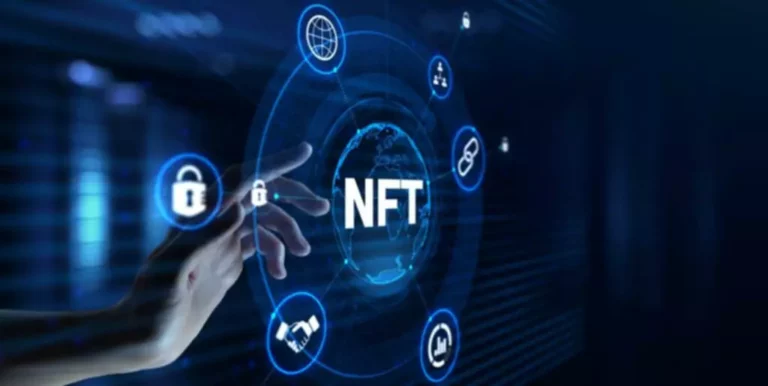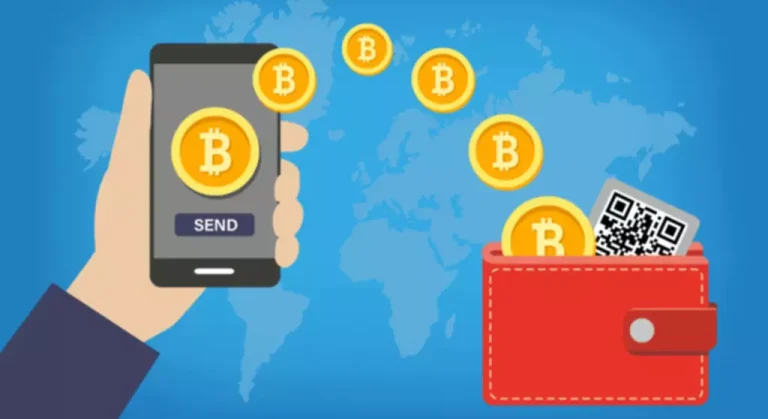First, it uses decentralized incentive structures to encourage more investors globally to take part and exercise their newfound control. Second, it has grown through crowd-funding models called ICOs (initial coin offering), as with Dogecoin, which makes it particularly nimble for attracting funding for projects. DeFi Insurance also refers to insurance that covers blockchain-related activity. This type of coverage is ideal for those with significant amounts of crypto assets on an exchange. A DeFi insurance policy can cover losses incurred from an exchange hack. Additionally, DeFi insurance can offer security for stablecoin investors in the event of a price crash.

The DeFi market gauges adoption by measuring what’s called locked value, which calculates how much money is currently working in different DeFi protocols. At present, the total locked value in DeFi protocols is estimated to be nearly $US43 billion. While Bitcoin is the more popular cryptocurrency, Ethereum is much more adaptable to a wider variety of uses, meaning much of the dApp and protocol landscape uses Ethereum-based code.
Policy-makers and regulators need to strike a balance between promoting innovation and mitigating risk. Without a trusted party, as in the crypto space, a smart contract acts as the custodian. A borrower locks a digital asset into the contract as collateral, which is released only upon repayment (Figure 2).
You no longer have a government or corporation manage your money or need to qualify for certain financial products. Banks and financial institutions can help you transfer funds from one place to another, but the route isn’t direct. There’s often a chain of third-party service providers assisting in a single transaction. Not only might this chain slow down a given transaction, but each provider also charges service fees. And because you’re relying on third-party services (each one subject to human error, technological glitches, hardware malfunctions, and security breaches), none of them is 100% secure.
- DeFi is an open protocol and can be of considerable help for developing another age of financial solutions.
- At the end of August 2020, daily trading volume on Uniswap hit $426 million, surpassing the volume of centralized exchange Coinbase, on which traders exchanged $348 million worth of cryptocurrencies.
- Individuals hold money in a secure digital wallet, can transfer funds in minutes, and anyone with an internet connection can use DeFi.
- Users can choose to lock up their crypto in accounts known as liquidity pools, which helps make trading on DEXs run more smoothly.
- However, as these dApps exist on the blockchain, once the deal is made, it can’t be altered.
Then it will be securely linked to subsequent blocks that contains information about the blocks stored before it. Each of these blocks is “chained” to the information listed in the block that follows it. Since each block is permanently linked to other blocks in the chain, it is very onerous to tamper with a blockchain, so individual users’ financial details and transaction information will be securely stored.
The term “contract” is a little misleading as they’re not really contracts like in the real world. Instead, they’re decentralized apps, or dApps, existing on a blockchain (usually the Ethereum blockchain), self-contained little programs that fire when agreed-upon conditions are met—that’s the “smart” bit. This does mean there’s currently a need to trust the more technical members of the Ethereum community who can read code.
Bitcoin is said to have been created by Satoshi Nakamoto, a pseudonym for a person, or people, behind the world’s first cryptocurrency and financial blockchain. The true identity, or identities behind Satoshi Nakamoto, remain unknown. Instead of a central authority enabling a transaction to occur, a smart contract is programmatically enabled to perform the financial transaction that is specified in the contract. A smart contract can hold cryptocurrency assets that can be sent from one entity to another. As the name suggests, decentralized finance is the opposite of centralized finance, which is the system we now operate under—at least most people do, most of the time.
Decentralized Finance, or DeFi for short, has emerged as a revolutionary force in finance. Unlike traditional financial systems that rely on intermediaries like banks, DeFi aims to create a decentralized, open, and permissionless ecosystem for financial services. This comprehensive guide will explore what DeFi is, its core principles, how it works, and why it matters in the broader economic landscape. Impermanent loss open Finance vs decentralized finance is a common problem on other DEXs as volatility of token pairs against ETH reduces returns for liquidity providers. Dai is issued against digital assets that anyone can deposit into Maker’s smart contracts, which are called “Vaults.” These assets, or collateral, need to be around 150% the value of Dai borrowed. Borrowers pay a stability fee, which works similarly to a borrowing interest rate, when the loan is closed.
By the end of every month, one participant wins all the interests and everyone else gets their initially made deposits back. Understanding and securely handling cryptocurrencies tools call for specialized knowledge and attached risk. It becomes a user’s responsibility to take care of their key holdings and follow the process of multi-factor authentication with utmost privacy. These are just a few examples scratching the surface of how blockchain shapes the fintech domain.
While traditional centralized financial institutions charge fees to use their financial services and can dictate when and how rates, fees, and requirements are adjusted, decentralized financial networks operate differently. In a DeFi system, individual traders can easily store and transfer funds in a digital wallet, which is directly accessible at any time, with no intermediary. In simple terms, DeFi or Decentralised Finance can be defined as a merger of traditional banking services with blockchain technology. It replaces some components of the traditional financial system with smart contracts on a blockchain. Thus, DeFi offers financial services carried out on a blockchain (the most common blockchain used is Ethereum). Decentralized finance (DeFi) is a comprehensive ecosystem of financial applications built on a digital record of transactions, known as the blockchain networks.
DeFi was coined in 2018 by a group of entrepreneurs and Ethereum developers who wanted to open up finance applications from traditional systems. Although liquidity pool DEX are the most widely used, they may have some drawbacks. The most common problems of liquidity pool DEXes are market price impact, slippage, and front running. Bonds with the highest risks offer higher rates of return as compensation for that added risk.

DeFi is making its way into a wide variety of simple and complex financial transactions. It’s powered by decentralised applications (dApps), also known as protocols Dapps and protocols handle transactions https://www.xcritical.in/ in the two main cryptocurrencies, Bitcoin (BTC) and Ethereum (ETH). They cannot bypass middlemen such as banks, exchanges and lenders, who earn a percentage of every financial and banking transaction.
Dan Simerman, head of financial relations at IOTA Foundation, a DeFi research and development group, sees both the promise and potential of DeFi as far-reaching, even though it’s still in the infancy of its capabilities. When covering investment and personal finance stories, we aim to inform our readers rather than recommend specific financial product or asset classes. With over twenty years of expertise in finance, digital technology, and innovations, Georgy Babilashvili wears the hats of a digital entrepreneur and… Two days after its launch, the team found a bug in its code which would make governance impossible and raised funds from the community to audit the code of a new version of YAM. Token holders were still in the process of mIgrating to YAM v2 and awaiting the final version of YAM v3 at the time of writing. Users who deposit tokens into Yearn, get yTokens representing those deposits, in return ––Dai depositors get yDai, USDC depositors get yUSDC and so forth.

